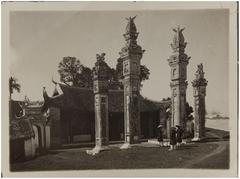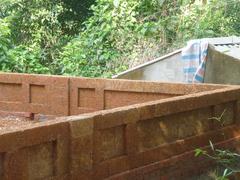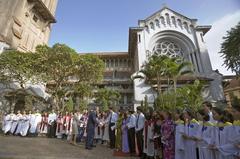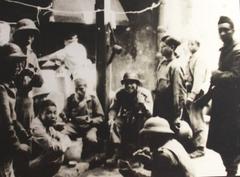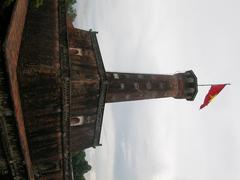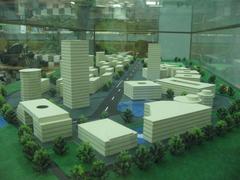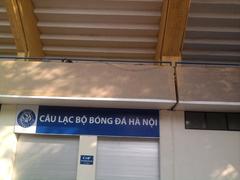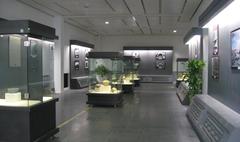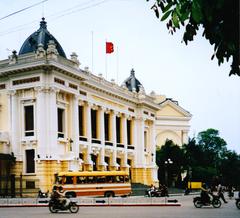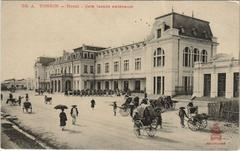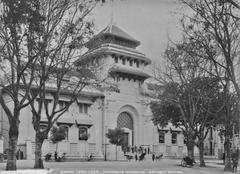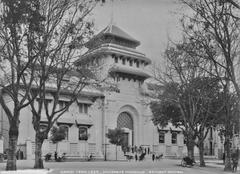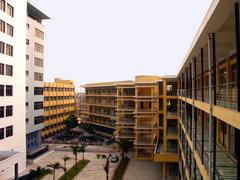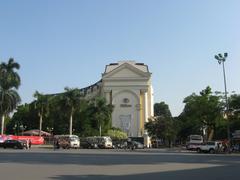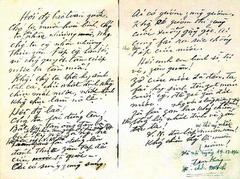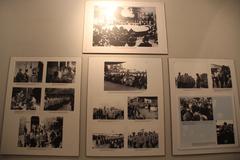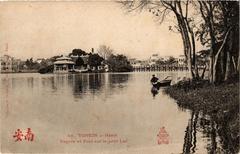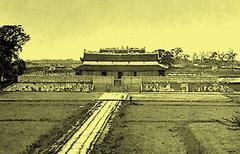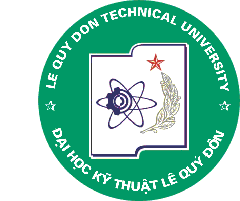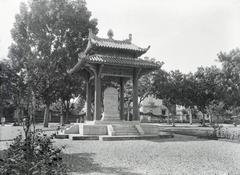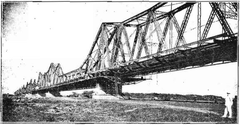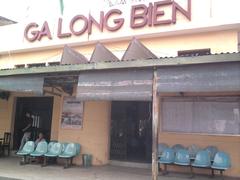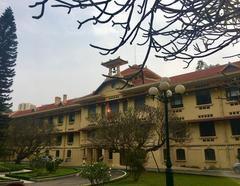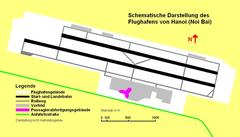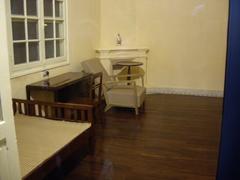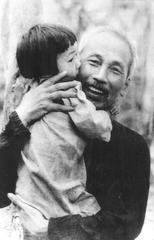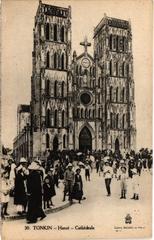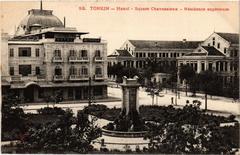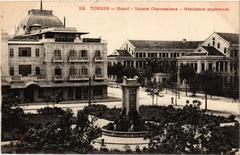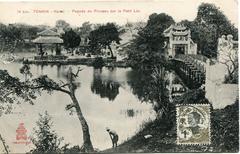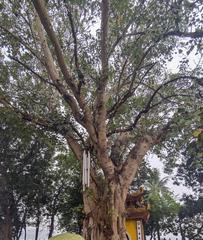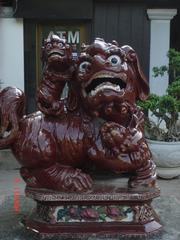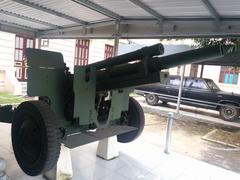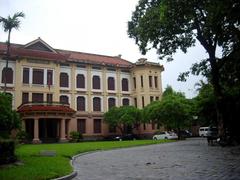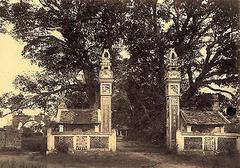Bac Son Monument Visiting Hours, Tickets, and Travel Tips
Date: 25/07/2024
Introduction
The Bac Son Monument, located in the heart of Hanoi, Vietnam, is a prominent landmark that commemorates significant historical events and figures of the country. Opened on October 10, 1994, to mark the 50th anniversary of the Bac Son Uprising, this monument honors the bravery and sacrifices of Vietnamese fighters during their struggle for independence from French colonial rule and Japanese occupation during World War II. The monument’s unique blend of traditional Vietnamese and modern architectural elements makes it an iconic site, attracting visitors from around the world who are keen to explore Vietnam’s rich historical tapestry. With its strategic location near other key historical sites such as the Ho Chi Minh Mausoleum and the Vietnam Military History Museum, the Bac Son Monument offers a comprehensive cultural and educational experience for visitors. Whether you are a history enthusiast, a cultural explorer, or simply someone looking to delve into the heart of Vietnam’s past, the Bac Son Monument stands as a testament to the enduring spirit of the Vietnamese people. For more insights into this historical site and practical tips for your visit, continue reading this comprehensive guide (Vietnam National Museum of History).
Table of Contents
- Introduction
- History and Construction of Bac Son Monument
- Historical Significance
- Cultural and Educational Impact
- Visitor Experience
- Practical Information for Visitors
- Nearby Attractions
- FAQ
- Conclusion
History and Construction of Bac Son Monument
Origins and Construction
The construction of the Bac Son Monument began in the early 1990s, with the aim of creating a lasting memorial to honor the heroes of the Bac Son Uprising. The monument was officially inaugurated on October 10, 1994, coinciding with the 50th anniversary of the uprising. The design of the monument was carefully planned to reflect the historical significance and the spirit of the resistance movement.
Architectural Design
The Bac Son Monument is an impressive structure that combines traditional Vietnamese architectural elements with modern design principles. The monument features a large central statue of a soldier, symbolizing the resilience and determination of the Vietnamese people. The statue is surrounded by a series of reliefs that depict scenes from the Bac Son Uprising, providing a visual narrative of the events that took place during this period.
The monument is constructed from high-quality materials, including granite and bronze, which ensure its durability and longevity. The use of these materials also adds to the aesthetic appeal of the monument, making it a striking landmark in Hanoi. The surrounding area is landscaped with lush greenery and pathways, creating a serene and contemplative environment for visitors.
Historical Significance
The Bac Son Uprising holds a special place in Vietnamese history as one of the early acts of resistance against foreign domination. The uprising began on September 27, 1940, in the Bac Son district of Lang Son province, when local guerrilla forces launched an attack against the French colonial authorities. Although the uprising was initially successful, it was eventually suppressed by the French and Japanese forces. However, the spirit of resistance and the lessons learned from the Bac Son Uprising played a crucial role in the subsequent struggles for independence.
The Bac Son Monument serves as a reminder of the sacrifices made by the Vietnamese people in their quest for freedom and independence. It is a place of reflection and remembrance, where visitors can learn about the history of the uprising and pay their respects to the heroes who fought for their country.
Cultural and Educational Impact
The Bac Son Monument is not only a historical landmark but also an important cultural and educational site. It attracts visitors from all over Vietnam and around the world, who come to learn about the history of the Bac Son Uprising and the broader context of Vietnam’s struggle for independence. The monument is often included in educational tours and programs, providing students and young people with an opportunity to connect with their heritage and understand the significance of the events commemorated by the monument.
In addition to its educational value, the Bac Son Monument also plays a role in cultural preservation. The monument and its surrounding area are used for various cultural events and ceremonies, including commemorations of the Bac Son Uprising and other significant dates in Vietnamese history. These events help to keep the memory of the uprising alive and ensure that future generations understand its importance.
Visitor Experience
Visitors to the Bac Son Monument can expect a deeply moving and educational experience. The monument is open to the public year-round, and there is no admission fee, making it accessible to everyone. Guided tours are available, providing detailed information about the history of the Bac Son Uprising and the significance of the monument. These tours are conducted by knowledgeable guides who can answer questions and provide additional context.
The monument is located in a picturesque area of Hanoi, with beautiful gardens and pathways that invite visitors to take a leisurely stroll and reflect on the history and significance of the site. There are also informational plaques and displays that provide further details about the events commemorated by the monument.
For those interested in exploring further, the Bac Son Monument is situated near other historical and cultural sites in Hanoi, including the Ho Chi Minh Mausoleum and the Vietnam Military History Museum. This makes it easy for visitors to plan a comprehensive tour of the city’s historical landmarks.
Practical Information for Visitors
When planning a visit to the Bac Son Monument, it is important to consider the weather, as Hanoi can experience hot and humid conditions, especially during the summer months. It is advisable to wear comfortable clothing and bring water to stay hydrated. The monument is wheelchair accessible, and there are facilities available for visitors with disabilities.
Visiting Hours: The Bac Son Monument is open daily from 8:00 AM to 5:00 PM. Tickets: There is no admission fee to visit the monument.
Photography is allowed at the Bac Son Monument, and visitors are encouraged to capture their experience and share it with others. However, it is important to be respectful of the site and other visitors, especially during ceremonies and events.
For those looking to learn more about the Bac Son Uprising and the history of Vietnam, there are several resources available, including books, documentaries, and online articles. The Vietnam National Museum of History also offers extensive exhibits and information about this period in Vietnamese history.
Nearby Attractions
While visiting the Bac Son Monument, consider exploring other nearby attractions in Hanoi:
- Ho Chi Minh Mausoleum: A significant landmark where the embalmed body of President Ho Chi Minh is preserved.
- Vietnam Military History Museum: Offers a comprehensive overview of Vietnam’s military history.
- Temple of Literature: A historic temple dedicated to Confucius, scholars, and sages, and the site of Vietnam’s first university.
FAQ
Q: What are the visiting hours for the Bac Son Monument? A: The Bac Son Monument is open daily from 8:00 AM to 5:00 PM.
Q: Is there an admission fee to visit the Bac Son Monument? A: No, there is no admission fee to visit the monument.
Q: Is the Bac Son Monument wheelchair accessible? A: Yes, the monument is wheelchair accessible, and there are facilities available for visitors with disabilities.
Q: Can I take photographs at the Bac Son Monument? A: Yes, photography is allowed at the monument, but visitors should be respectful of the site and other visitors.
Conclusion
In summary, the Bac Son Monument is a must-visit destination for anyone interested in the history and culture of Vietnam. It offers a unique opportunity to learn about a pivotal event in the country’s struggle for independence and to pay tribute to the heroes who fought for freedom.
References
- Vietnam National Museum of History (baotanglichsu.vn)
- iWandered.net (iwandered.net)


